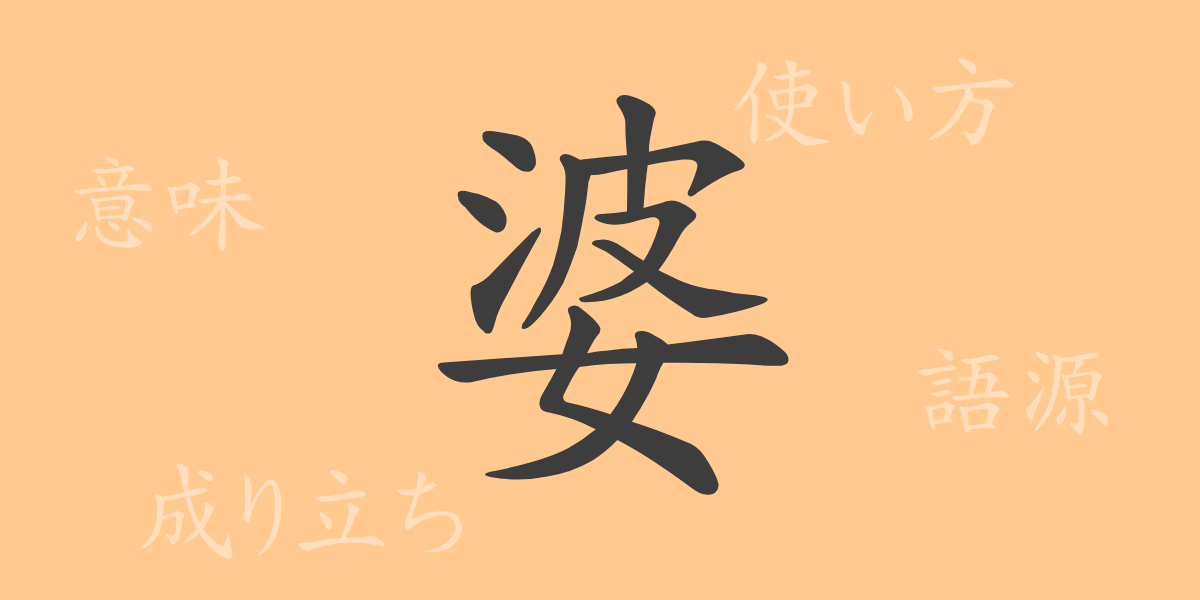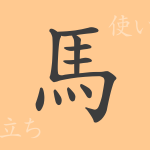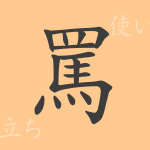Japanese culture is deeply rooted in its history and meanings, one symbol of which is the kanji character “婆” (ば). Commonly seen in daily life, this character often refers to elderly women but has a rich historical and cultural background. This article delves into the origins, meanings, and usage of “婆,” as well as its appearance in phrases and proverbs, to uncover its full significance.
Origins of 婆 (語源)
The kanji “婆” traces back to ancient China, formed from the combination of “女” (woman) and “老” (old), symbolizing elderly women or grandmothers. This melding suggests meanings associated with aged women. Over time, its form evolved, settling into the modern kanji “婆” we recognize today.
Meaning and Usage of 婆
“婆” primarily denotes elderly women. It can be used respectfully as “お婆さん” and affectionately as “ばあちゃん.” It can also metaphorically refer to a nurturing woman. The usage varies by context, either to express respect or affection.
Readings, Stroke Count, and Radical of 婆
The kanji “婆” holds various pieces of information significant in the Japanese language:
- Readings: On-reading “バ” and kun-reading “ばあ.”
- Stroke Count: 11 strokes.
- Radical: “女” (おんなへん – woman).
Phrases, Idioms, and Proverbs Involving 婆
There are numerous phrases and idioms that include “婆,” reflecting its extensive use in Japanese expression:
- 老婆心 (ろうばしん) – Overly concerned, like an elderly woman.
- 神婆 (かみばば) – An elderly woman who presides over Shinto rituals.
- 婆沙羅 (ばさら) – Flamboyant and extravagant style.
Conclusion on 婆
The kanji “婆” is embedded with extensive history and culture, frequently used in Japan to describe elderly women, conveying respect or affection. Its presence in idioms and phrases also shows its deep connection to Japanese life and sentiments. Understanding “婆” helps appreciate the depth and richness of the Japanese language.

























